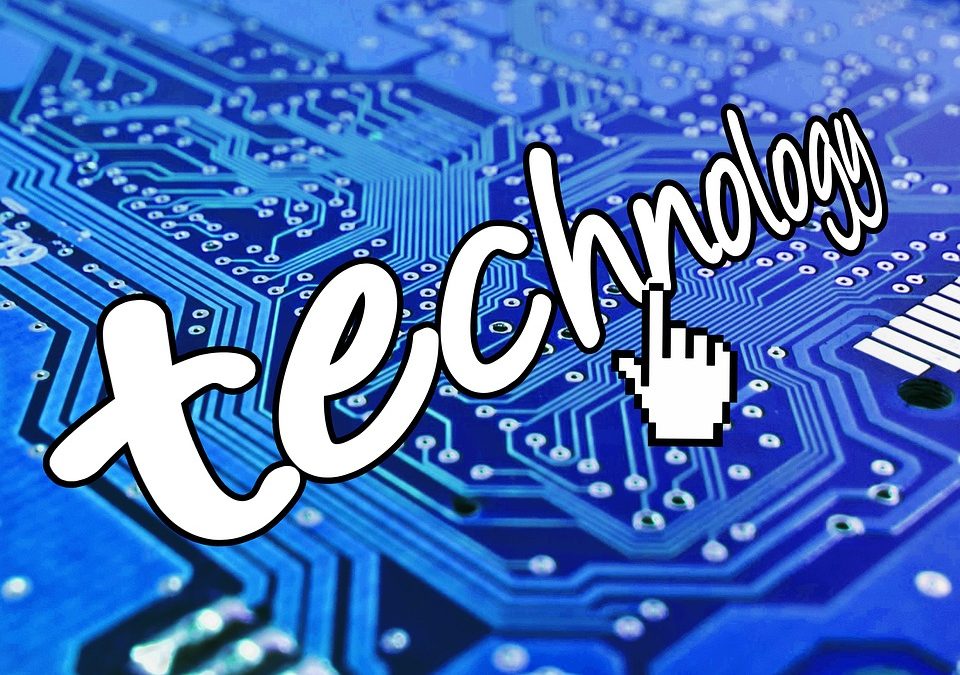
Expert advice on hardening of auto parts

When it comes to parts used in motor vehicles, it is essential that these components are as secure as possible. Hardening of auto parts is a method used to strengthen them, making them more durable and resilient in the face of wear and tear. Naturally, this is an important process to ensure vehicles are in peak condition and running efficiently.
In this post, we’ll be taking an in-depth look at auto part hardening, the benefits it brings, and expert advice on how to get the most out of this process. We’ll also explore the different types of auto part hardening available, and discuss the importance of quality control when hardening auto parts. With this advice, you’ll be able to make the right decision when it comes to part hardening, ensuring that your motor vehicle parts are as secure as possible.
1. Heat treatment of components
Heat treatment is one of the most important techniques used in hardening of auto parts. This process involves heating the parts to a certain temperature and then cooling them quickly. This rapid cooling process helps to transform the structure of the components into a more harder form. Heat treatment is ideal for components that need to be strengthened, as it provides an efficient and cost-effective solution. However, it is important to keep in mind that this process should be carried out by experienced technicians in order to ensure the best results.
2. Chemical treatments
Another option to harden auto parts is to use chemical treatments. This method involves immersing the auto part in a solution containing a salt, acid, or base, which causes a chemical reaction that hardens the part. This method is often used to harden engine and gear parts, as it is cost-effective and can provide a uniform hardness across the entire part.
3. Physical treatments such as shot-peening
Physical treatments such as shot-peening are a popular and effective way to improve the hardness of automotive parts. Shot-peening is a process in which small, spherical metallic particles are shot at a surface under pressure, resulting in a compressive residual stress layer on the surface. This increases the strength and fatigue resistance of the part, and reduces the risk of surface cracking and corrosion.
Additionally, shot-peening also improves the surface finish of the part, resulting in improved appearance. This process is most often used on parts that are subject to high levels of stress and fatigue, such as engine components and suspension parts.
Conclusion.
Hardening of auto parts is an important step in the manufacturing process. It can help increase the strength, durability, and lifespan of the part, while also improving its performance. Expert advice on hardening can be helpful to make sure the process is done correctly, and to understand how it impacts the overall performance of the part. With the right advice, auto parts can be made more reliable and last much longer.






